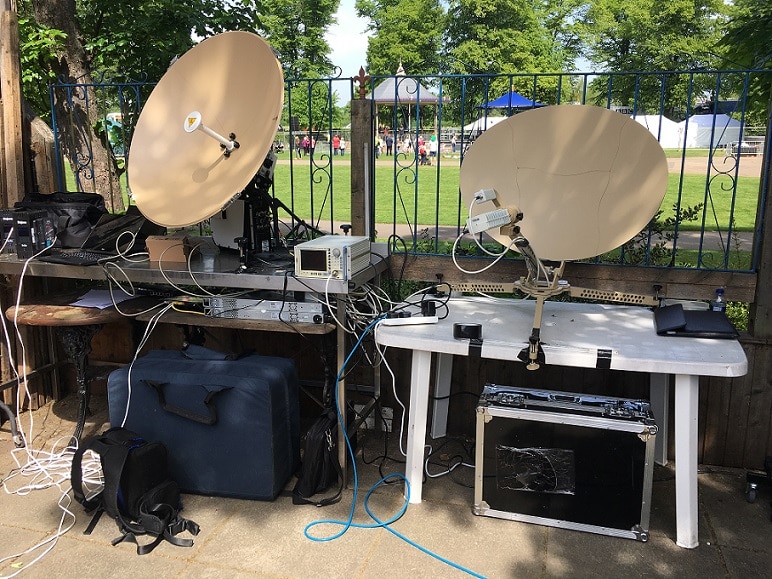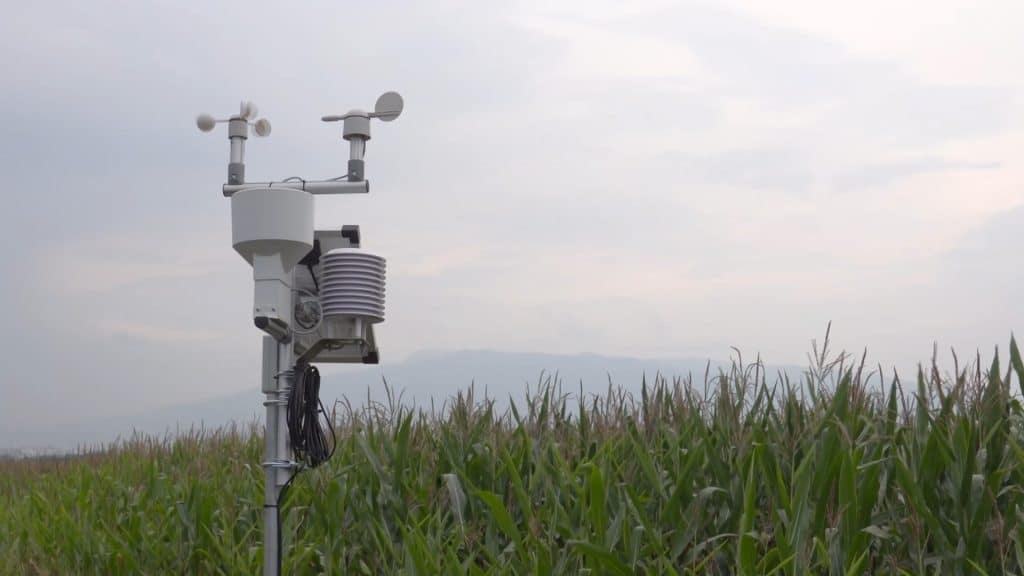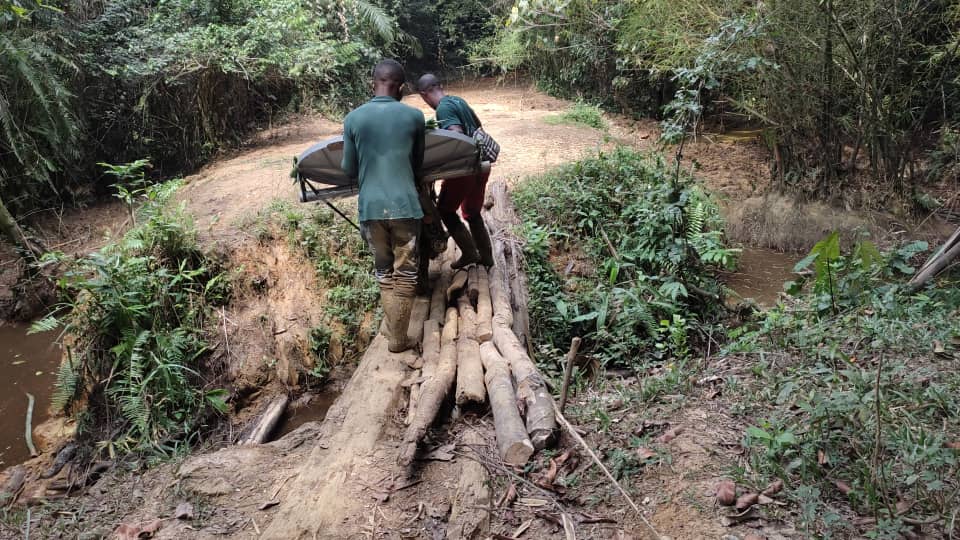Intelsat and Dejero’s CellSat Provides Reliable Royal Wedding Coverage for Canadian News Broadcasters
It was a world party where the global media, invited celebrities and nuptial-spectators gathered in the small village of Windsor to witness the much-publicized Royal union. While the Royal Wedding was a beautiful and fun day for so many, it was all business for the reporters trying to capture every detail so that viewers all around the world could feel as if they were personal guests of Meghan Markle and Prince Harry.
For news organizations covering the Royal Wedding in Windsor, three things were of paramount importance: space, power and a reliable way of contributing content to their studios. With the world watching, broadcasters had to ensure their coverage would be compelling, flawless and of the highest quality.
As broadcasters planned for wedding day coverage in Windsor, they anticipated fierce competition for space and bandwidth. To secure a prime spot, news outlets had to pay fees for a camera position, a place to mount a satellite fly-away antenna, raise a microwave transmitter, park a satellite truck or to run cable across a parking lot or rooftop. And that’s not even guaranteeing that once they secured a prime spot, they would be able to send a reliable, high quality live feed.
While it was difficult for some, two Canadian broadcasters enjoyed always-on, cost-effective, reliable bandwidth throughout the wedding day. Debuting for the first time in Europe, Intelsat, in partnership with Dejero, provided CellSat, a blended network solution that combines cellular networks and Intelsat’s Ku-band satellite capacity. CellSat delivered reliable bandwidth, even when cellular networks in Windsor were highly contended. As you can imagine, cellular networks in Windsor were maxed out by other mobile users, whether it was competing broadcasters using bonded cellular or tens of thousands of wedding well-wishers using their phones to live-stream video and post pictures to social media. There were even times when the cellular networks were shut down altogether for security reasons.
As the network anchors provided live commentary of the ceremony and reporters roved the landscape to interview spectators in the crowds, CellSat was the perfect IP video contribution platform, delivering the video reliability and continuity that they needed. On the Wedding Day, CellSat maintained a consistent bit rate of 6-8 Mbps of throughput enabling both Canadian Broadcasters to flawlessly deliver street interviews and other local color surrounding the wedding. Without CellSat, our broadcast customers would have been crippled with cellular bandwidth that was only offering several hundred kilobits per second during peak congestion.
As we walked around Windsor among the hordes of spectators, we encountered a few defeated and deflated Bonded Cellular users who failed in their coverage because the local cellular networks did not rise to the occasion. When the shot was important, CellSat compensated for unpredictable cellular bandwidth across multiple carriers and delivered flawless transmission. No longer do broadcasters have to worry about the uncertain availability of cellular connectivity. When news breaks and the unexpected requires broadcasters to have quick and nimble video transport, CellSat is there to provide the flexibility and high reliability they need.






















